Located in the western part of Emilia, Parma is one of the most visited cities in Northern Italy. Famous for its history and above all its gastronomy, it is the ideal destination for those who want to benefit from artistic beauties without giving up a stop to enjoy good food and good local wine.
Not surprisingly, the city was chosen as the Italian Capital of Culture for 2020. But the appointment was postponed to 2021 after the covid-19 emergency which effectively canceled most of the scheduled events. So there is still time to organize a nice visit to the Emilian city.
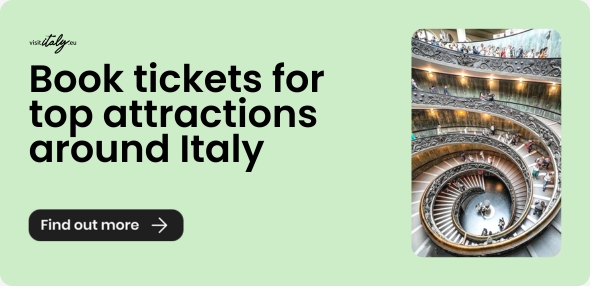
Stroll along the Parma river and through the city parks
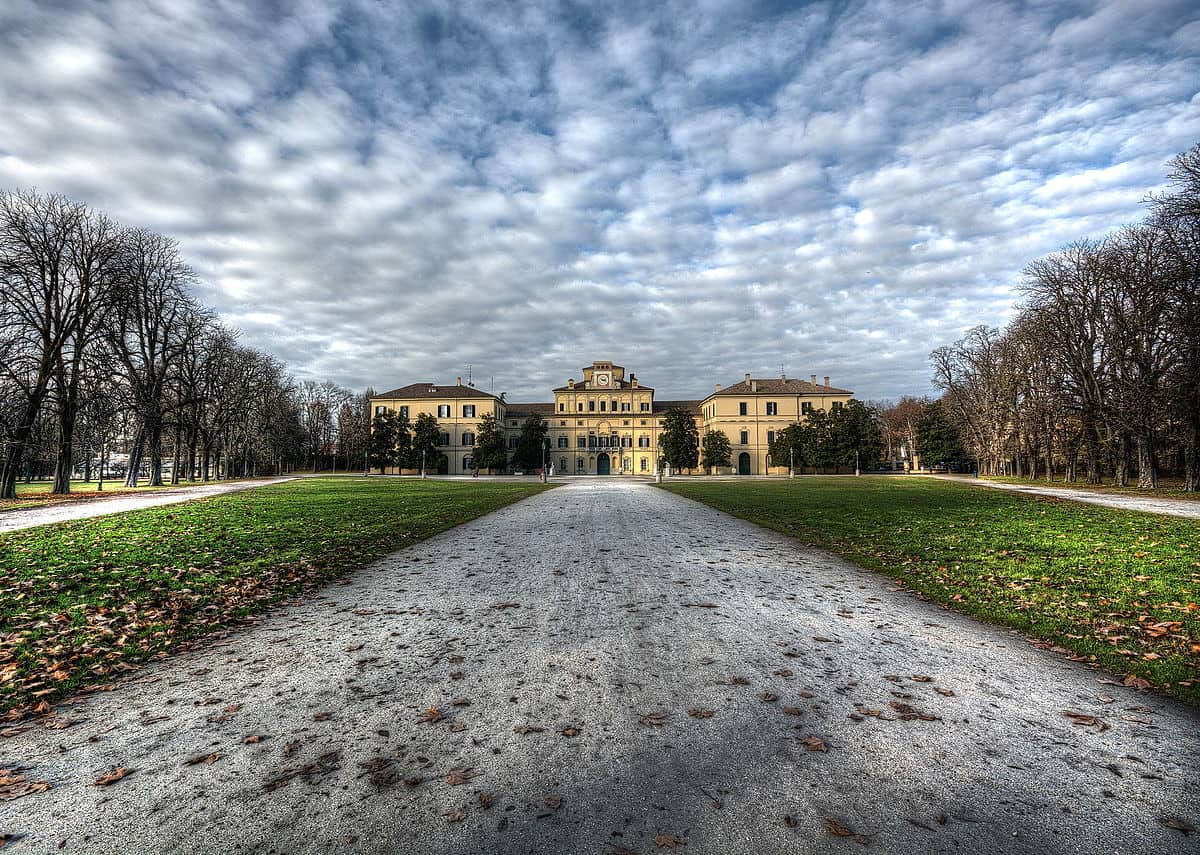
The city is famous for its green areas. If you decide to leave the alleys of the historic center, dotted with taverns and delicious typical restaurants, Parma offers the opportunity to enjoy a little quiet and serenity in various parks and gardens. Among the most famous, there is the Ducal Park, built in the mid-sixteenth century and populated by fountains and neoclassical structures. The Citadel Park is also one of the most visited. It occupies the interior spaces and part of the moat of the ancient fortress from the end of the 16th century. If you prefer waterways to parks, a relaxing walk alternative could be that of Lungoparma. The river that crosses the city offers very Romanesque views and a view of the pretty bridges of the center.
Visit the churches of Parma
.jpg)
Piazza del Duomo in Parma is one of the most beautiful squares in Italy. The Cathedral, an example of Lombard Romanesque, was begun around 1100. In 1526 the artist Correggio created the extraordinary cycle of frescoes in the dome, inspired by the theme of the Assumption of the Virgin. Next to the church is the Baptistery, built more or less in the same period. Also worth a visit is the Monastery of San Giovanni Evangelista formed by the church, the convent and the Antica Spezieria di San Giovanni. The church was frescoed by Correggio, while the old pharmacy offers a curious journey into the history of medicine.
Visit the museums of Parma
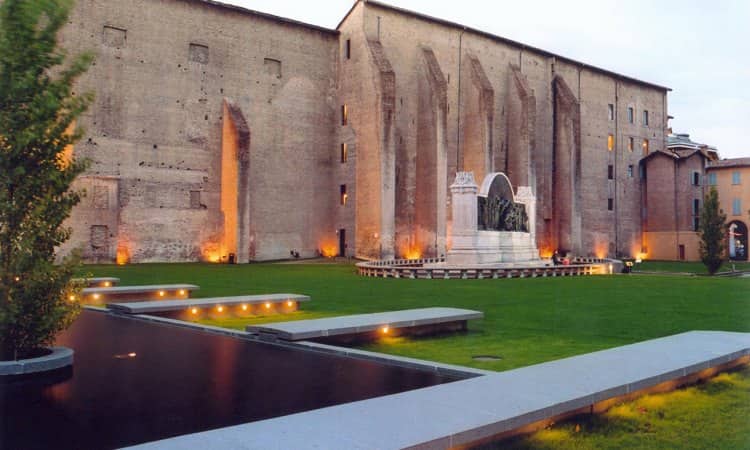
More than museums, we are talking about real monumental complexes that house artistic collections and more.
Palazzo della Pilotta was built in 1583 near Palazzo Ducale. It currently houses the National Archaeological Museum, the Farnese Theater, the Palatine Library, the National Gallery and the Bodonian Museum.
The National Gallery of Parma preserves the works of the Farnese collection and those of the Duchess of Parma and Piacenza Maria Luigia of Austria. Among the most important artists: Beato Angelico, Correggio, Parmigianino, Giulio Romano, Dosso Dossi, Carracci, Guercino, El Greco, Van Dyck, Tintoretto, Canaletto. The two theaters in this complex are also worth a visit. The Farnese Theater was built between 1616 and 1618. Its peculiarity lies in the innovative technique used: the stage was mobile, the characters could be lowered from above and there was even a system for flooding the cavea. In 1944 it was partially destroyed by a bomb, but restorers have rebuilt it according to the original design.
Out of town
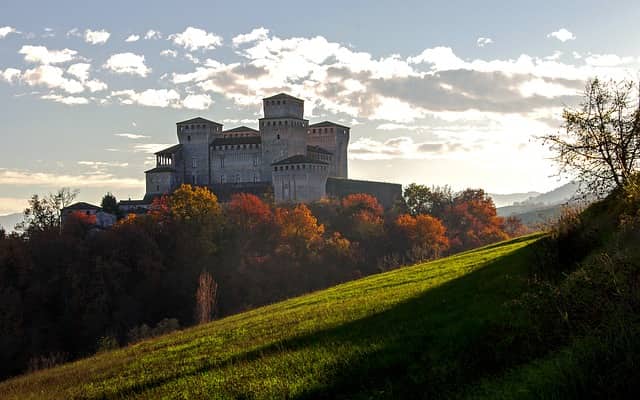
A few steps from the city, you can visit delightful villages such as Busseto, the city that gave birth to the musician Giuseppe Verdi, and Fontanellato, with its fortress, one of the best preserved in the area. Here is the Masone Labyrinth, a unique cultural park of its kind: a bamboo labyrinth (the largest in the world) and an art collection.
Furthermore, the surroundings of the city are also famous for the numerous castles that surround it. Like that of Torrechiara, Vigoleno and Castell’Arquato. Finally, you cannot miss a stop in Zibello, home of the famous culatello (a tipical sausage). Every year, the Culatello Festival attracts thousands of visitors willing to taste this delicious delicacy.
Enjoy the delicious Emilian foods

In December 2015 Parma received the recognition of "UNESCO Creative City for Gastronomy". And indeed, if you visit the city, you cannot fail to stop in the delicious trattorias that offer local foods.
The cornerstones of Parma's culinary tradition are: raw ham, stuffed pasta, and Parmigiano Reggiano. But the city offers so much more to "taste".
The Parma coppa, the cooked shoulder, the bow and so on, all to accompany the famous fried gnocco. And again the pasta: anolini, tortellini, tortelli to which are added tagliatelle and risotto.
The Food Museums system enhances all these delicacies in the eyes of visitors. Includes the Museum of Parmigiano Reggiano, in Soragna; the Culatello Museum in Zibello, the Felino Salami Museum, the Porcino Mushroom Museum in Borgotaro, the Wine Museum, housed in the magnificent Rocca Sanvitale in Sala Baganza, and of course the Parma Ham Museum. Finally, among the wines, it is impossible not to mention the famous Lambrusco, a sparkling red wine perfect to accompany all these delicacies.
About the author
Written on 10/09/2020


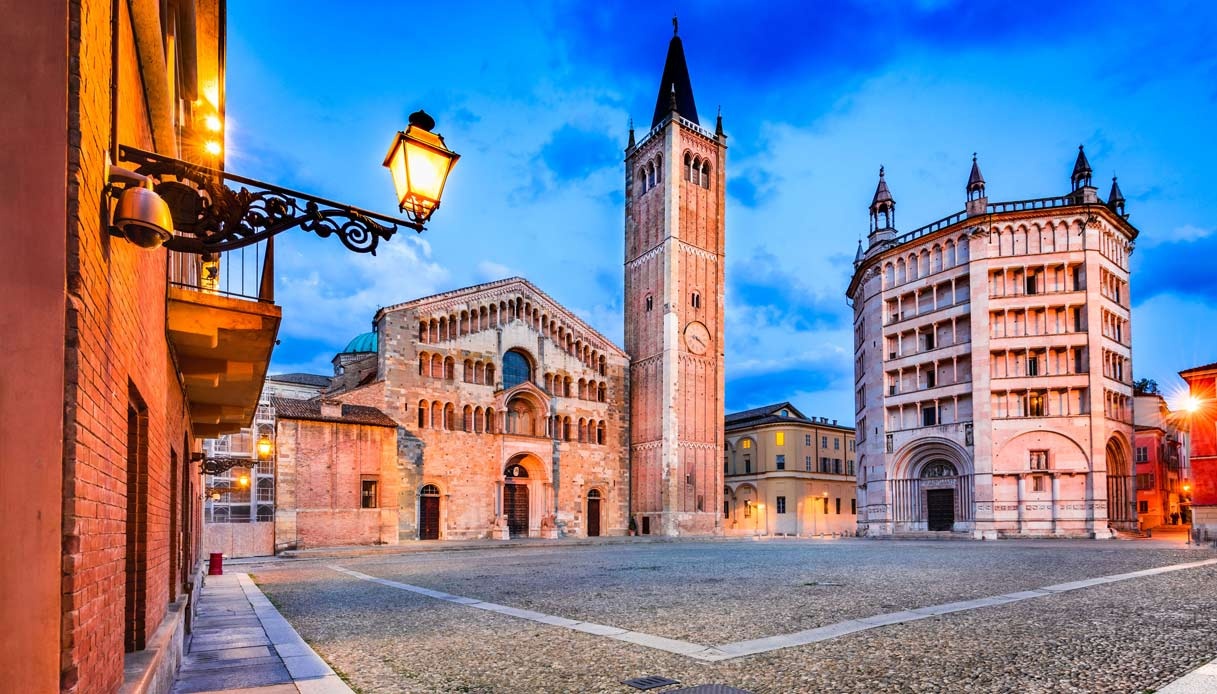
Maria Luisa Ancona
Famous not only for its gastronomy, Parma is the Italian capital of culture 2020+21. With its squares and its monumental beauties, it is ideal for long walks. Visits to its beautiful churches and rich museums cannot be missed. All accompanied by gastronomic tours at the delicious typical taverns.